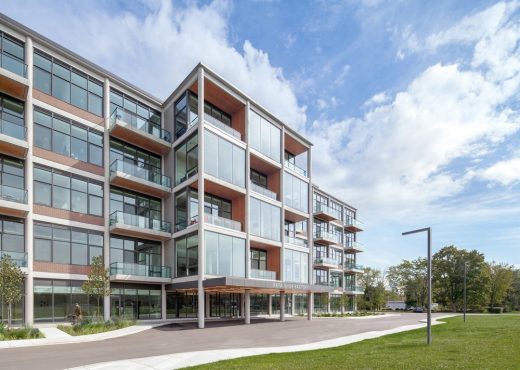Difference between carbon neutrality and net zero guide, Sustainable building materials
The Difference Between Carbon Neutrality and Net Zero
2 September 2022
At the end of 2021, President Biden released an executive order calling on the federal government to produce net-zero carbon emissions by 2050. Since the federal government is the largest landowner and energy consumer, these targets will help the entire country lower its emissions.
But what does net zero actually mean, and how is it different from carbon neutrality? With so many buzzwords in conversations about climate change, it can be confusing to keep them all straight.
Thus, let’s explore the differences between these two terms and more.
What Is Carbon Neutrality?
Carbon neutrality (used interchangeably with charge neutral) means that any carbon dioxide released into the air is balanced by an equivalent amount being removed.
Of course, this is possible by eliminating carbon emissions altogether. But since even our most basic services rely on burning fossil fuels, this is unrealistic. So instead, we must take carbon out of the air after releasing it.
This is possible using carbon sinks, which store more carbon from the atmosphere than they emit. Examples of carbon sinks include:
- Forests
- Soil
- The oceans
Unfortunately, there are no viable artificial carbon sinks at this time to remove carbon dioxide from the atmosphere. So to become carbon neutral, businesses have two options:
- Reduce their carbon emissions to net zero
- Offset their emissions
Most businesses choose to purchase carbon offsets to reach carbon neutrality. It’s easier than drastically reducing emissions, which could cut into business practices and the bottom line.
An example of an industry taking charge of its carbon emissions is the construction industry. The erection of carbon-neutral buildings is a huge game changer. If you want to see further how this industry is adapting to new climate standards, learn more.
What Is Net Zero?
Net zero is similar to carbon neutral, but its scope is much broader. Net zero is when all greenhouse gases (GHGs) emitted by humans are removed from the air.
Rather than only focusing on carbon dioxide, net zero also includes GHGs like:
- Methane
- Nitrous oxide
- Sulfur dioxide
- Other industrial gases
However, if you see the term “net zero carbon,” it means the activity didn’t emit any carbon from the get-go.
Other Terms to Know
Aside from carbon neutral and net zero, there are many other buzzwords you may come across. Some include:
- Climate positive
- Climate-neutral
- Carbon negative
- Carbon positive
Climate positive and carbon negative both describe an activity that goes beyond net-zero carbon emissions. This type of activity removes additional carbon dioxide from the atmosphere.
Climate-neutral means reducing all GHGs to zero and eliminating all other negative environmental impacts.
However, carbon positive is a marketing term that companies may use to describe something that is climate positive or carbon negative. Understandably, it’s confusing and can be a sign that a company is engaging in greenwashing. So if you see this term, take it as a red flag and proceed cautiously.
Working Toward a Cleaner Environment
With a solid understanding of carbon neutrality, net zero, and other terms used in climate change conversations, we can come together to make actionable changes and demand companies clean up their practices.
To read more informative articles like this, check out the rest of the blog.
Comments on this guide to Difference between carbon neutrality and net zero article are welcome.
Sustainable Building
Sustainability Posts
Can you have a net-zero house?
Take action to save our planet
Sustainability in Architectural Research
7 innovative designs to make your home sustainable
Sustainable Architecture Climate Change
Home Articles
Residential Architecture
Former Bata Shoe Factory, Batawa, Ontario, Canada
Architects: Dubbeldam Architecture + Design and Quadrangle

photography : Scott Norsworthy
Former Bata Shoe Factory Batawa
As a sustainable community and satellite town adapted to 21st century living, where residents could live close to nature but maintain a connection to work through high-speed broadband, she envisioned Batawa as a model community for social and environmental sustainability.
Comments / photos for the Difference between carbon neutrality and net zero advice page welcome







